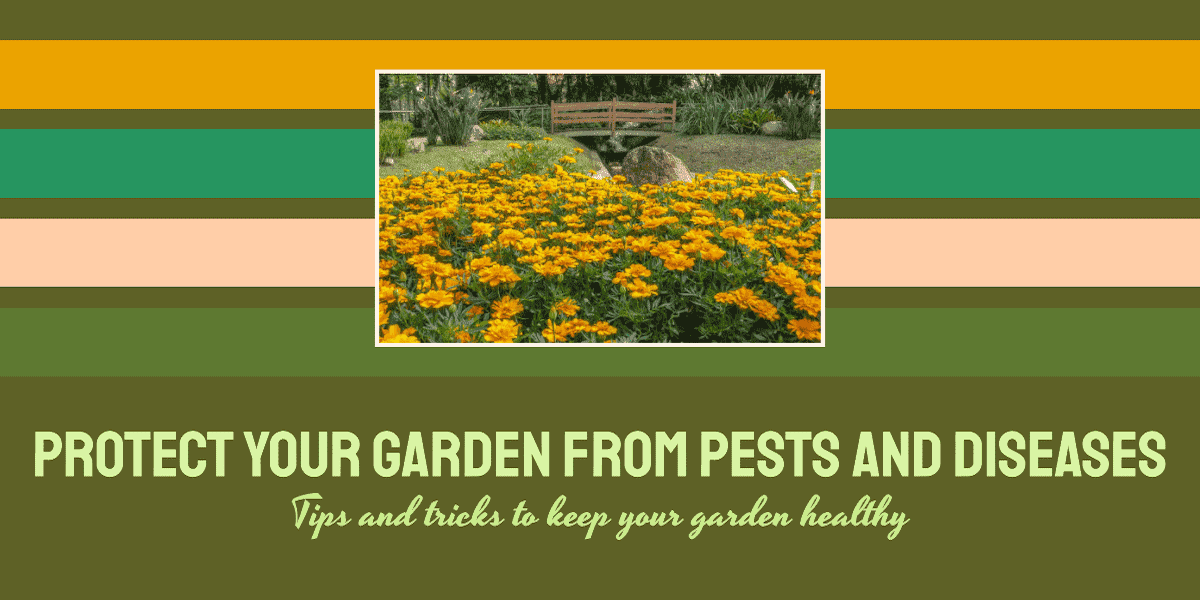+447709283333 | info@damavandpro.com

Common Garden Pests & Diseases
Garden Pests & Diseases: Introduction
Garden pests & diseases can be a major nuisance for gardeners of all levels of experience. They can damage or even kill plants, reducing yields and making it difficult to maintain a healthy and beautiful garden.
For example, aphids can suck the sap out of leaves, causing them to curl and turn yellow. Spider mites can spin webs on plants, blocking sunlight and preventing photosynthesis. And powdery mildew can cause a white, powdery growth on leaves, reducing their ability to absorb nutrients.
Prevention is Key
The best way to deal with garden pests and diseases is to prevent them from occurring in the first place. Here are some tips:
- Choose the right plants for your climate and growing conditions. Some plants are more susceptible to certain pests and diseases than others. Do your research before planting to make sure you are choosing plants that are well-suited to your area.
- Plant healthy plants. Healthy plants are better able to resist pests and diseases. Make sure to plant your plants in well-drained soil and water them regularly.
- Provide good air circulation. Pests and diseases can thrive in crowded and poorly ventilated areas. Make sure to space your plants properly and prune them regularly to improve air circulation.
- Inspect your plants regularly. Take some time each week to inspect your plants for signs of pests and diseases. If you catch a problem early, it will be much easier to control.
Treatment Methods
If you do find pests or diseases in your garden, there are a number of treatment methods available. The best treatment method will depend on the specific pest or disease you are dealing with.
Cultural Controls
Cultural controls are non-chemical methods of pest and disease control. They can include things like handpicking pests, removing affected plant parts, and using companion planting.
Biological Controls
Biological controls involve using natural predators or parasites to control pests. For example, ladybugs can be used to control aphids.
Chemical Controls
Chemical controls are pesticides that are used to kill pests or diseases. However, chemical controls should be used as a last resort, as they can harm beneficial insects and pollinators.
Common garden pests and diseases
Here are some of the most common garden pests and diseases:
- Aphids are small, soft-bodied insects that suck sap from plants. They can cause leaves to curl and turn yellow and stunt plant growth.
- Spider mites are tiny arachnids that spin webs on the undersides of leaves. They suck sap from plants, causing leaves to turn yellow and drop off.
- Whiteflies are small, white insects that fly up in a cloud when disturbed. They suck sap from plants and can cause leaves to yellow and drop off.
- Powdery mildew is a fungal disease that causes a white, powdery growth on leaves and stems. It can reduce photosynthesis and make plants more susceptible to other pests and diseases.
- Blight is a bacterial or fungal disease that causes leaves to turn brown and die. It can quickly spread throughout a garden and be difficult to control.
- Rust is a fungal disease that causes orange or brown spots on leaves. It can reduce photosynthesis and make plants more susceptible to other pests and diseases.
Additional tips
- Rotate your crops. Rotating your crops can help break the life cycle of pests and diseases.
- Keep your garden clean. Remove weeds and debris from your garden, as they can harbor pests and diseases.
- Attract beneficial insects. Beneficial insects, such as ladybugs and lacewings, can help control pests.
- Test your soil. Soil testing can help identify any nutrient deficiencies that may be making your plants more susceptible to pests and diseases.
- Be patient and persistent. It may take some time and effort to control pests and diseases in your garden. But with patience and persistence, you can keep your garden healthy and productive.
Conclusion
Garden pests and diseases can be a challenge for gardeners of all levels of experience. However, by following good cultural practices and taking preventative measures, you can help to keep your garden healthy and thriving. If a problem does arise, taking prompt action can help minimize the damage and prevent further spread.
Share your tips and experiences
What are your favorite tips for preventing and controlling garden pests and diseases? Share your insights in the comments below!
